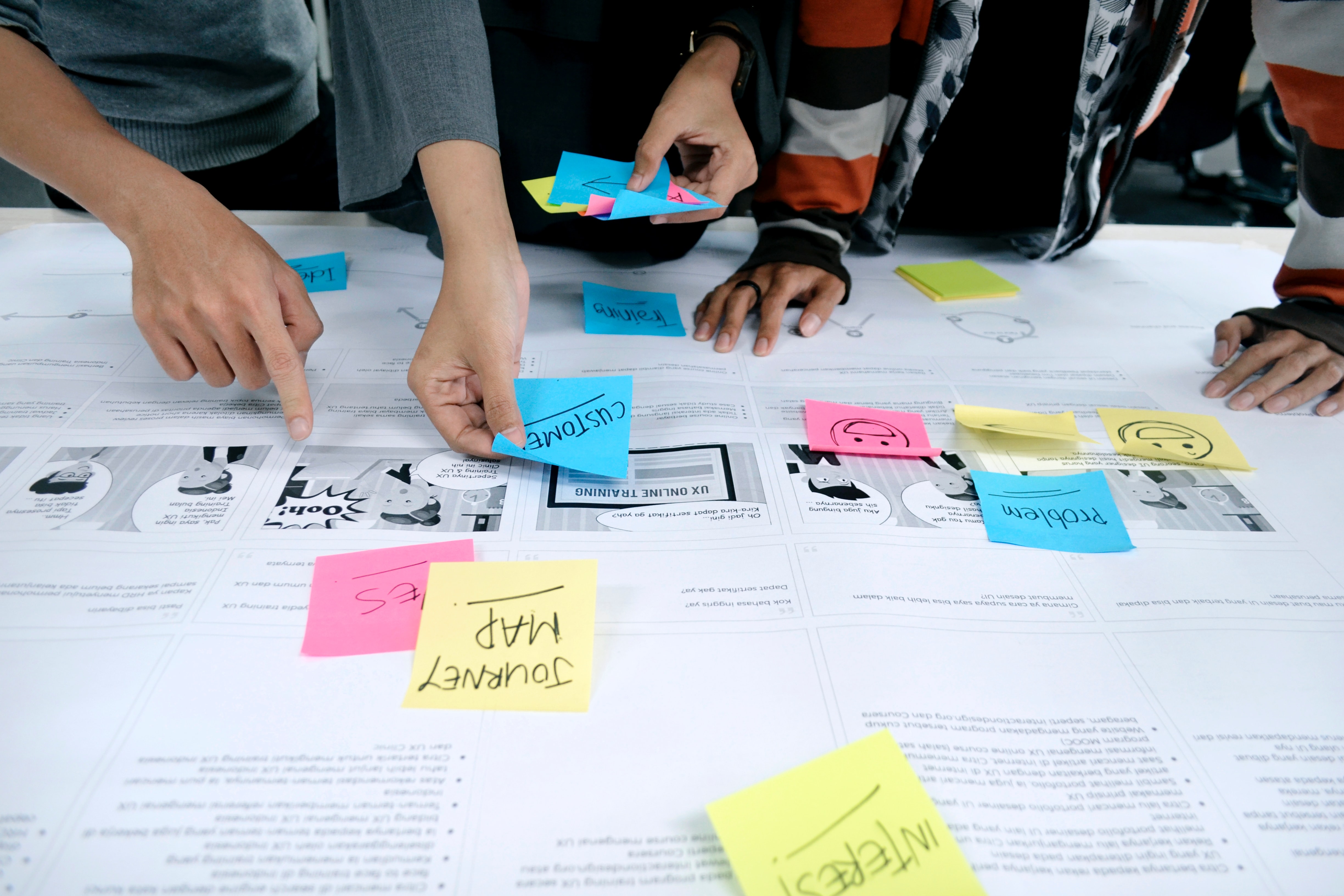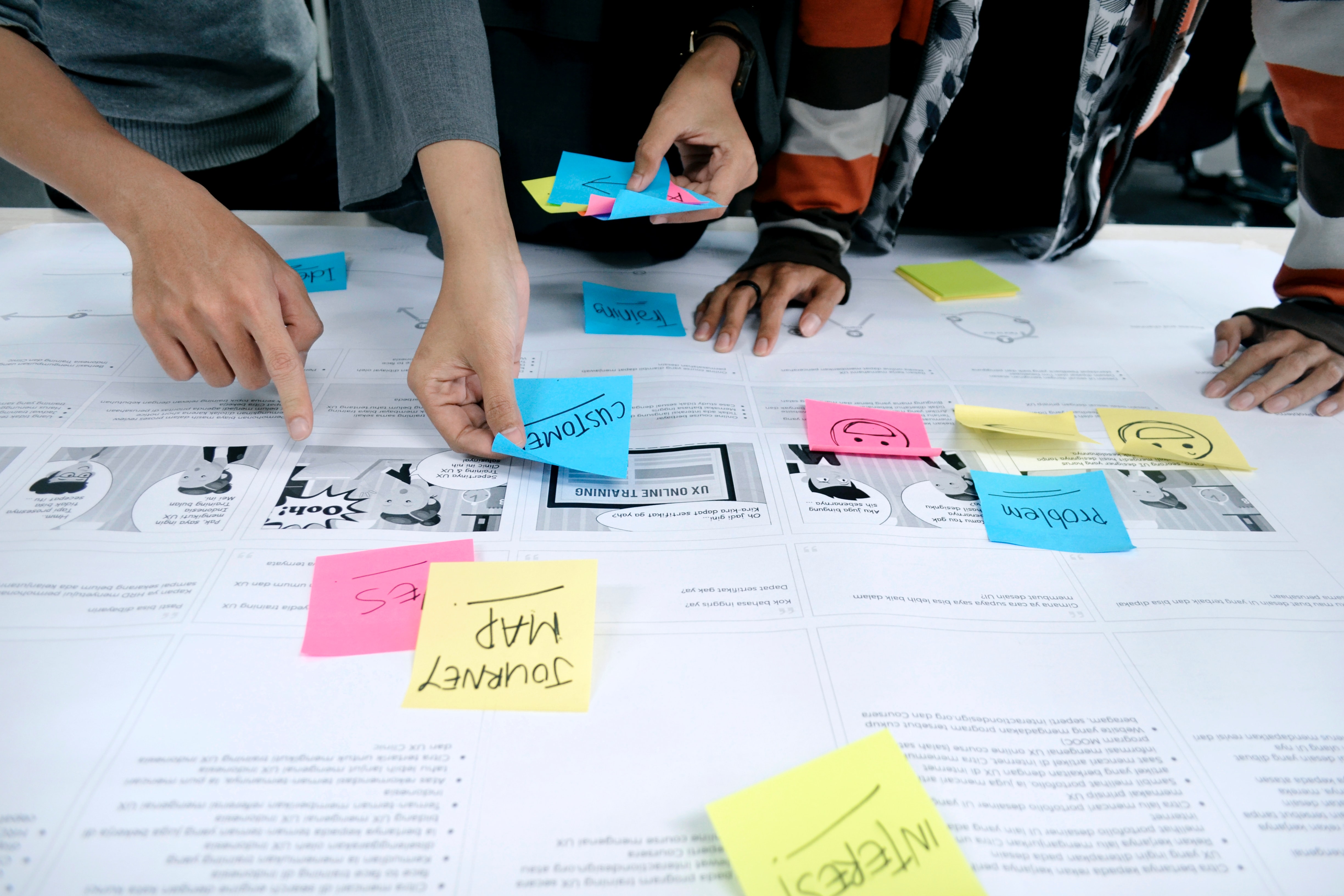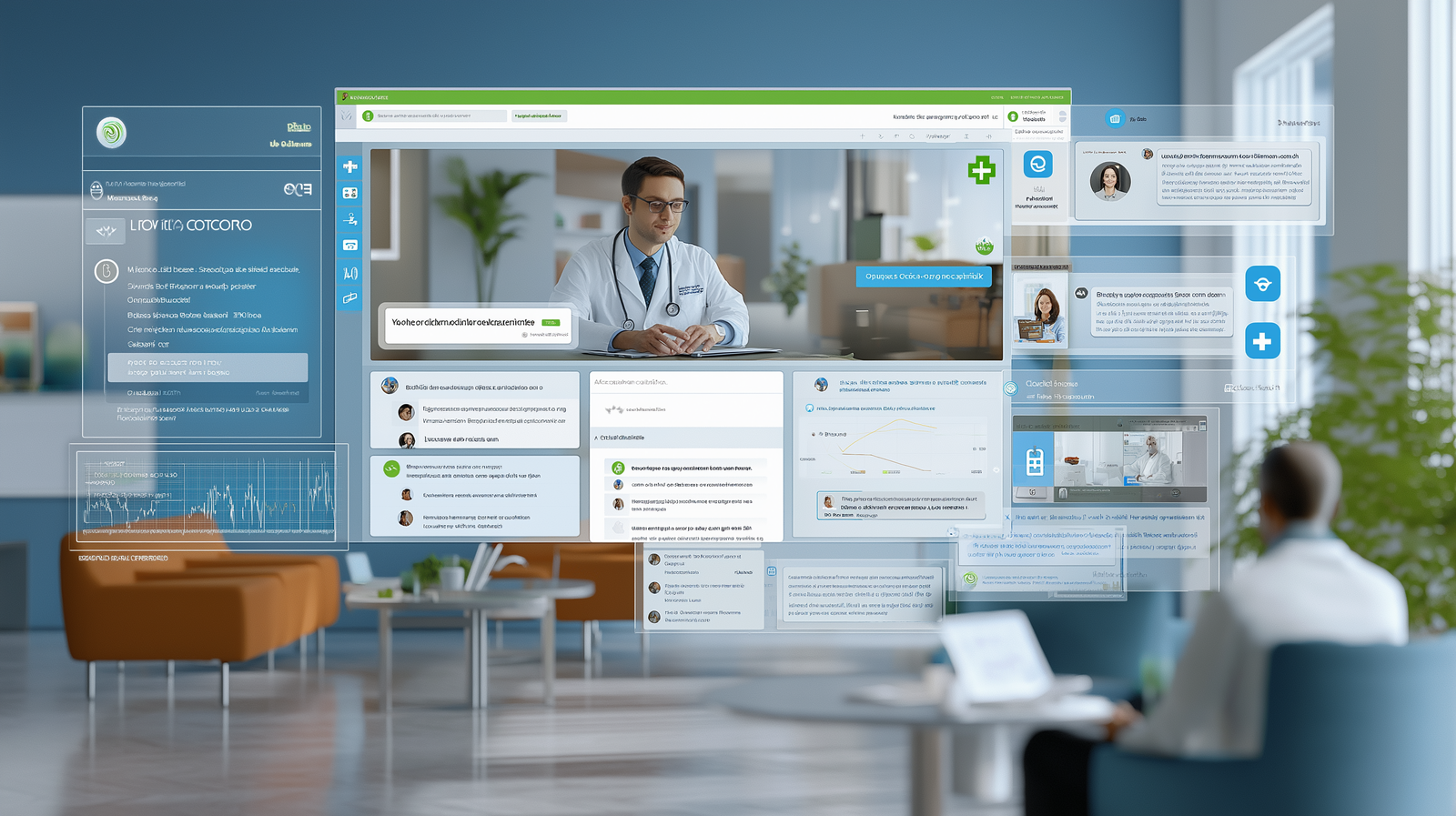The current crisis goes beyond the obvious. It is an evolving puzzle with pieces moving in every direction. As we do our best to navigate troubling times, we need to realize that many business operations will continue to move forward. True, numerous businesses have been critically damaged during the outbreak. But there is one section of the population that still exists today and will flourish tomorrow: the customer. However, the way customers and companies interact have changed. It is crucial to pay close attention to how your customer interactions have been altered by the pandemic. Companies need to align with the new expectations of customers. So with that in mind, the way companies approach customer engagement also needs to change. In this article, we’ll walk you through the way you can realign to your customers’ expectations quickly, adjust to the fast-changing landscape, and provide an experience that works with this “new normal”.

Customer Experience Transformation for 2020 and Beyond
Because every element of a customer’s experience has some component of service to it, your business needs to quickly reconsider those specific services during this time of crisis. A new customer interaction model must work to provide a seamless and quality experience. Remember, your customers may stay the same, but service touchpoints may have changed drastically. Your customer engagement methods need to change at a rapid pace to meet the growing safety concerns of customers and challenges that COVID-19 brings.
Reframing Offerings In A Time of Crisis
As an example, consider grocery shopping. Whether we imagine a self-service shopping experience where you collect and haul your groceries to the self-checkout POS before manually bringing them home with you, or we utilize a more high-touch solution where you order groceries on your phone and they are left at your doorstep with the promise of a no-touch interaction, each has a service involved where you and other people are interacting with that grocer.
The experience a customer has each time they interact with a company, say a grocery store, has the potential to raise doubt and induce anxiety or establish trust and mitigate fears about this crisis. It is the responsibility of each company to ensure their customers trust their products, services, and the mechanisms to deliver their services. Companies need to consider each touchpoint their customer has with the company’s products and services, and they have to “design” those experiences. It’s essential to understand each interaction, contextualize the way the products and services are delivered at each of those moments, and provide guard rails so those services won’t fail. The successful delivery of services is more critical than ever before—by placing our trust in human-centered design we’ll help our businesses quickly adapt and succeed.
Necessary Steps in Customer Experience Design
A customer experience service blueprint helps to visually map the services a company provides their customers to ensure each interaction—and the potential behaviors and expectations within that interaction—has been anticipated and accounted for. On top of that, each associated message provided is contextualized and relevant to that moment. Follow these three practices when designing a service: understand, contextualize, and test.
Understand
To best design a service, you need to understand all the facets required for success. The first step is to speak to your customers. The process for outreach and engagement has changed to be fully remote. Embrace this by utilizing digital communications and reach out via the phone or video chat to speak with your customers. This way, you’ll learn directly from them, safely, and without wasting time.
In the retail industry, for example, what used to be a physical interaction is now a digital customer experience. Focus on your primary segment that will be affected by COVID-19. Retail shoppers who primarily shop in-store are heavily involved and, therefore, would potentially feel the pain of quarantine as their behaviors and habits have been upended. This is a real change that they are experiencing in their new day-to-day routines. You need to become a part of that change through communications to ensure their experience is still seamless.
By talking to your customers about their new experiences, especially as it pertains to the experience your company provides, you’ll understand the issues and the joys consumers are encountering, both the temporary and the lasting. You’ll see where they come into contact with your products and services, how they’re used and experienced by your customer, and at what cadence. You’ll get insight into how they live their lives, what else they keep in their regular routines, and how your products and services intersect with those routines.
Doing this will give you the competitive edge of gaining clarity into problems you didn’t know were being experienced. Consumers are still vying for opportunities to engage with brands. You’ll gain transparency into problems you didn’t know were being experienced, and identify ways your product or service could potentially solve ongoing or one-time issues. You become a trusted resource through their journey. Forget yesterday’s problems and focus on today’s norm.
Contextualize
Whereas time had previously been on your side, things have changed, and processes have evolved. That means you need to map out your route for achieving your CX goals right now. Maybe this seems daunting or even chaotic. But it’s simpler to break it down by contextualizing into smaller, more digestible parts.
Begin by selecting a customer journey that has a high level of person-to-person interaction and start with a single touchpoint that has the highest impact area. Because you now understand the current pain points of your customer, you can select a location to focus on. As an example, consider the process of checking out with a clerk how best a retailer could improve that person-to-person interaction.
Next, you want to outline each of the interactions your customers have with your company in the highlighted touchpoint while asking yourself one simple question: with the change in the way people are interacting with each other, how can we reimagine this touchpoint to serve the customer experience better? To adapt quickly, it is vital to focus on each touchpoint and identify areas of improvement by pinpointing specific organizational responsibilities to reimagine how these tasks will evolve to provide better CX.
When re-designing these service interactions, you’ll want to examine what happened at the moment before to help anticipate the best course of action, as well as how to message your customer. Begin by considering a few questions:
- What happened just before this touchpoint?
- What and who was the customer interacting with?
- How will this affect their expectations and behaviors as they come into this touchpoint?
This will ensure the touchpoints are intrinsically linked to guarantee a connected experience is provided for the customer. After that, you’ll want to identify the next best step a customer will take, encourage that action, and lead them down the path to ensure a seamless transition from touchpoint to touchpoint.
Moving forward, you’ll want to identify the different teams within your company that interact with your customers at the given touchpoint. At checkout, a customer may have coupons your marketing department created, while the clerk is interacting with the point of sale system that the company’s IT team controls. Just as a customer sees each touchpoint in their encounter as part of a single continuous experience—say moving from the website to a customer service phone call and back to a website—companies need to make sure their teams are connected across touchpoints to ensure a smooth and unified experience that each team is providing. The result confirms a seamless approach that meets the needs of your customer.
Get your teams that interact with the identified touchpoint together (even virtually) and conduct a short alignment workshop on who is responsible for what piece of that particular experience today. Once teams have been more uniformly aligned around a customer experience they’re providing, it’s time to focus on improving the human interactions happening at the given touchpoint.
Test
You need to provide consistency in the given experience. This guides customers down a clear path to get their problems solved expediently, and at scale. In the past, companies often created scripts for their customer service associates. The goal of doing this is to deliver a unified approach and message to incoming customers. It’s time to rethink and test this approach to meet the current needs of your customers.
It may sound easy, but a lot goes into it. How can we intelligently design for and solve issues within a service experience? Let’s try an experiment. Put yourself in a Hollywood movie director’s shoes and script the new experience you want your customers to have. Think of one that solves both their highly prominent and seemingly insignificant issues. To do this, consider everyone involved. Picture your customer, your teams, your partners, and your contractors as actors. Then write the script for each moment that they will encounter. Personify your product and think of it as an actor as well. Identify and align on what you want your teams and your products to do and to say in anticipation of your customers’ needs.
Begin by writing out the script and testing it with customers. This is very important to help you understand the plight of your customer while contextualizing their new experience. Walkthrough your dialogue, even if it is over video chat, to see how your customer responds. Gather that info, see what resonates and what doesn’t, and iterate on your script until you’ve got it just right. Your messaging must be clear. Use this script as a guide to design your service experience and ask yourself the tough questions, like: What should your digital products be doing and saying? What kind of experience should your employees that are involved be providing? How are we solving our customers’ pain points?
Once you’ve thoroughly tested your service experience, you can run it through a small pilot and try it in the market. Create relevant training materials for employees in the field and coach them on how to execute a perfect experience. Align your digital product experience with the service it’s attached to, and make sure it’s giving customers the right information at the right time. Feel like you need expert assistance with your customer experience journey mapping? At Productive Edge, we conduct CX workshops and help companies build products and service experiences that work for the people using them and engender trust while considering the human experience. If your business needs help adjusting to a digital-first model, connect with us. We’re happy to provide resources and talk about our experience and how we’re helping others adapt.
This crisis we’re all experiencing is a tragedy of epic proportions for humanity. But, there’s no doubt it will precipitate a wave of innovation. When considering what we as a people decide to focus our efforts on, we need to concentrate our intentions on doing better for one another through and after this crisis. The time is now. Every moment wasted is a squandered opportunity to deliver an experience your customer wants and deserves. We need to design a world that is focused and make certain that people are at the forefront of our minds when making these lasting decisions.




